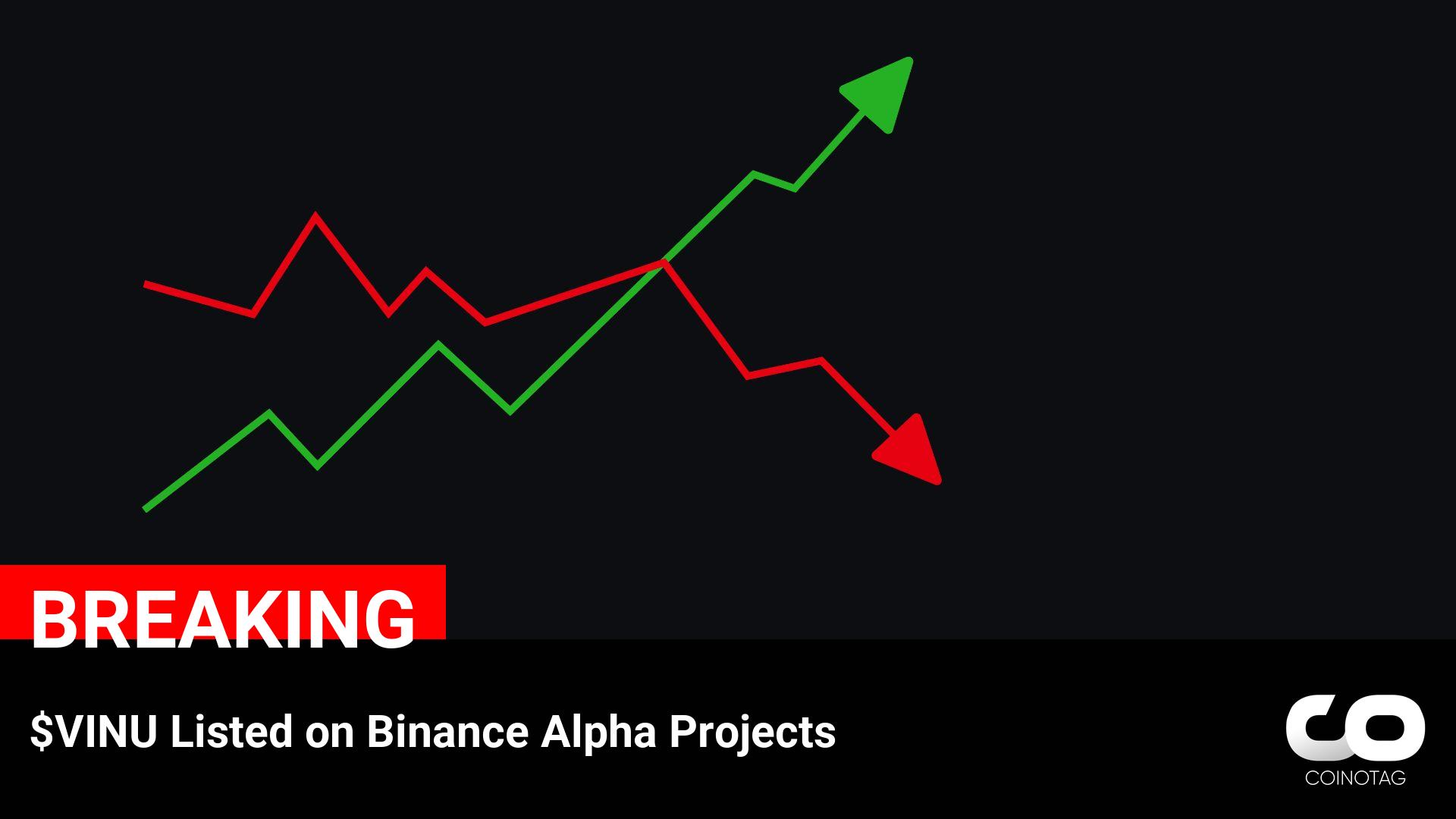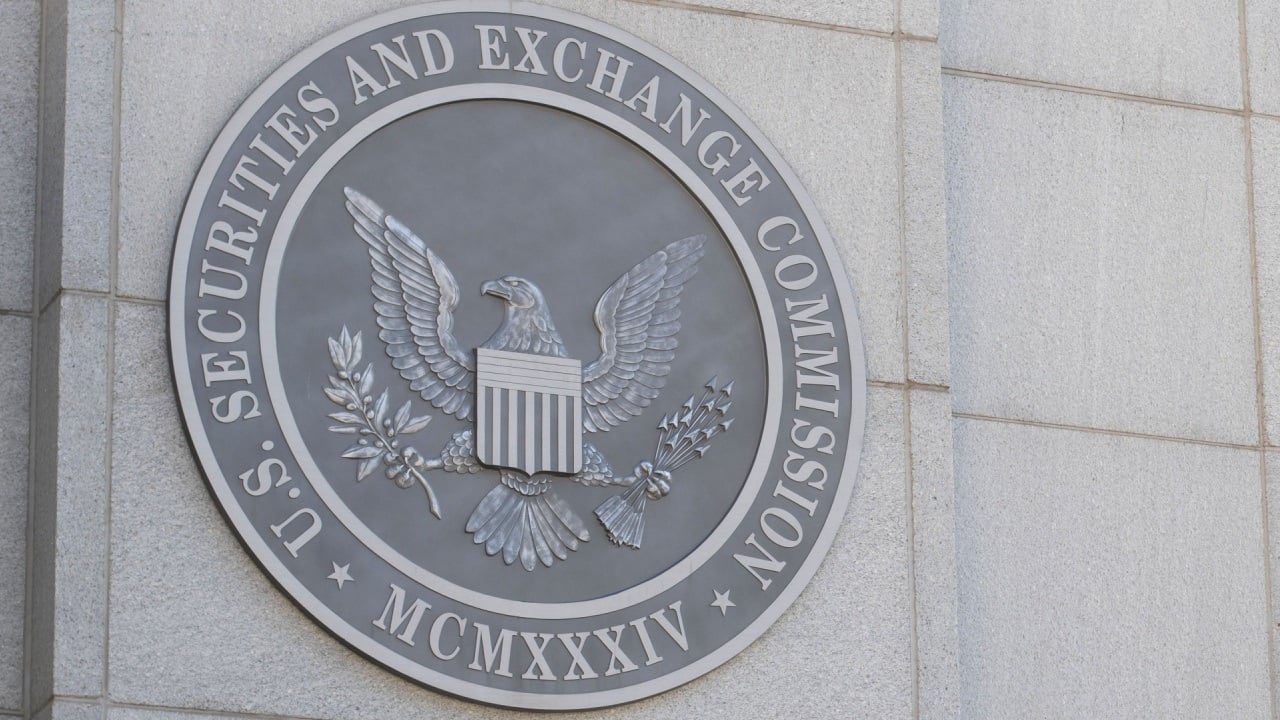
The DOJ has allegedly already opened an investigation regarding President Javier Milei’s role in the promotion of Libra and the involvement of the project’s founders, Kelsier Ventures’ Hayden Davis, KIP Protocol’s Julian Peh, and two Argentine entrepreneurs, in the scheme. DOJ Starts Libra Case Investigation Libra, the cryptocurrency project made famous by the endorsement of
Bitcoin.com
You can visit the page to read the article.
Source: Bitcoin.com
Disclaimer: The opinion expressed here is not investment advice – it is provided for informational purposes only. It does not necessarily reflect the opinion of BitMaden. Every investment and all trading involves risk, so you should always perform your own research prior to making decisions. We do not recommend investing money you cannot afford to lose.
Alarming Ethereum ETF Outflows: $50M Exits Spark Investor Concern

Just when things seemed to be picking up in the crypto ETF space, a noteworthy shift has occurred. Recent data reveals a concerning trend in the U.S. spot Ethereum ETF market. For the fourth consecutive trading day, these investment vehicles have experienced net outflows, culminating in a significant $50.1 million exit on February 25th. This development raises crucial questions for investors and market observers alike. Let’s dive into the details of these Ethereum ETF outflows and explore what might be driving this movement. What’s Causing the Recent Ethereum ETF Outflows ? According to data from Farside Investors, February 25th saw a unanimous trend of net outflows across several key spot Ethereum ETF providers. This wasn’t just a minor fluctuation; it was a substantial movement of capital away from these funds. To get a clearer picture, let’s break down the outflows by fund: Grayscale’s ETHE: Led the pack with a significant $27.1 million in net outflows. Fidelity’s FETH: Followed with $12.5 million in outflows. Bitwise’s ETHW: Recorded $8.2 million in net outflows. Grayscale’s mini ETH: Experienced $2.3 million in outflows. 21Shares’ CETH: Data unavailable for this fund. Remaining ETFs: Reported no change in holdings. This data paints a picture of a broad-based pullback from ETH ETF products on that particular day. While individual fund movements can sometimes be attributed to fund-specific factors, the widespread nature of these outflows suggests a potentially broader market sentiment at play. Crypto ETF Outflows : Is This a Temporary Blip or a Trend? The crucial question now is whether these crypto ETF outflows , specifically in Ethereum ETFs, represent a short-term blip or the beginning of a more sustained trend. It’s important to remember that market dynamics are constantly shifting, and several factors could be influencing investor behavior. Here are a few potential reasons for these outflows: Profit Taking: After a period of positive momentum and potential price appreciation in Ethereum and related ETFs, some investors might be taking profits off the table. This is a common market behavior, especially after rallies. Market Uncertainty: The broader cryptocurrency market, while showing resilience, is still subject to volatility and regulatory uncertainties. Events in the global economy or unexpected regulatory announcements can trigger risk-off sentiment, leading investors to reduce exposure to assets perceived as riskier, including crypto ETFs. Rotation into Other Assets: Investors might be reallocating capital to other asset classes, either within the crypto space (e.g., Bitcoin ETFs, other altcoins) or outside of it (e.g., traditional stocks, bonds). Fund flows are dynamic, and portfolio rebalancing is a continuous process. Grayscale ETHE Specific Factors: Grayscale ETHE has been a significant player in these outflows. It’s worth noting that ETHE’s structure and fee model are different from some of the newer spot ETH ETFs. Investors might be shifting from ETHE to ETFs with potentially lower fees or different custodians. To truly understand the nature of this trend, we need to monitor fund flows over a longer period and analyze them in conjunction with broader market indicators, including Ethereum price action, on-chain metrics, and macroeconomic developments. What are the Implications of These Outflows for the Ethereum Market? While a single day’s outflows don’t necessarily dictate a long-term trajectory, sustained outflows from spot Ethereum ETF products can have several implications: Potential Price Pressure: Outflows represent selling pressure. If sustained, they could contribute to downward pressure on the price of Ethereum, at least in the short term. However, ETF flows are just one factor among many influencing crypto prices. Sentiment Indicator: ETF flows can serve as a sentiment indicator. Prolonged outflows might reflect a shift in investor sentiment towards Ethereum or the broader crypto market. Conversely, inflows typically indicate positive sentiment. Market Maturity: The ETF market is still relatively new in the crypto space. Fluctuations in fund flows are expected as the market matures and investors refine their strategies for using these products. It’s crucial to contextualize these outflows. The crypto market is known for its volatility, and short-term fluctuations are par for the course. Long-term trends and the overall adoption of crypto assets will be determined by a multitude of factors beyond daily ETF flows. Navigating the Ethereum ETF Landscape: What Should Investors Watch? For investors navigating the ETH ETF landscape, staying informed and adopting a balanced perspective is key. Here are some actionable insights: Monitor Fund Flows Regularly: Keep an eye on daily and weekly ETF flow data from reputable sources like Farside Investors and others. This can provide early signals of shifts in investor sentiment. Analyze Underlying Market Trends: Don’t just focus on ETF flows in isolation. Analyze broader market trends, Ethereum price action, on-chain data, and macroeconomic factors to get a holistic view. Understand ETF Structures and Fees: Be aware of the differences between various Ethereum ETFs, including their fee structures, custodians, and underlying holdings. This can influence investment decisions, especially when considering funds like Grayscale ETHE versus newer offerings. Consider Long-Term Perspective: Cryptocurrency investments are generally considered long-term plays. Short-term fluctuations in ETF flows should be viewed within the context of a broader investment strategy and long-term outlook for Ethereum and the crypto market. Conclusion: Decoding the Ethereum ETF Outflows The recent $50.1 million net outflows from U.S. spot Ethereum ETF products on February 25th serve as a reminder of the dynamic nature of the crypto market. While these outflows are noteworthy and warrant attention, it’s essential to analyze them within a broader context. Whether this is a temporary blip driven by profit-taking or a signal of a more sustained shift in sentiment remains to be seen. Investors should continue to monitor ETF flows, alongside other market indicators, to make informed decisions and navigate the evolving landscape of crypto investments effectively. The journey of Ethereum ETF outflows is just beginning, and its future path will be shaped by a complex interplay of market forces and investor behavior. To learn more about the latest crypto market trends, explore our article on key developments shaping Ethereum price action. Bitcoin.com

10 BIGGEST CRYPTO HACKS IN HISTORY
Introduction: The Dark Side of Crypto The cryptocurrency industry has revolutionized finance, offering decentralization, financial freedom, and borderless transactions. But with great innovation comes great risk —and hackers have exploited crypto’s vulnerabilities for billions of dollars . Unlike traditional banking, crypto has no refunds, no customer support, and no safety net . If your funds are stolen, they are gone forever . These are the 10 biggest crypto hacks in history , detailing how they happened and what we can learn from them. The 10 Biggest Crypto Hacks of All Time The DAO Hack (2016) – $60M Stolen What happened? A flaw in The DAO smart contract allowed an attacker to drain $60M worth of Ethereum. Impact: The Ethereum community faced a massive crisis , leading to a controversial hard fork , which split Ethereum into Ethereum (ETH) and Ethereum Classic (ETC) . Lesson: Smart contract vulnerabilities can be fatal , and governance decisions can reshape an entire blockchain. Bitfinex Hack (2016) – $72M Stolen What happened? Hackers bypassed security in Bitfinex’s multi-signature wallet system, draining user funds. Impact: This hack led to strict security upgrades in crypto exchanges. Lesson: Even multi-signature wallets aren’t foolproof if not implemented securely. Atomic Wallet Hack (2023) – $100M Stolen What happened? Thousands of users woke up to empty wallets as hackers exploited a hidden vulnerability in Atomic Wallet’s infrastructure. Impact: The company never disclosed how the breach happened , eroding trust in non-custodial wallets. Lesson: Even “secure” wallets can be compromised, and full transparency matters after an attack. Euler Finance Exploit (2023) – $197M Stolen What happened? A sophisticated flash loan attack drained nearly $200M from Euler Finance. Impact: The hacker later negotiated with Euler and returned some of the stolen funds . Lesson: DeFi lending protocols must strengthen security against flash loan attacks. Mt. Gox Collapse (2014) – $460M Lost What happened? Weak security and internal mismanagement led to the loss of 850,000 BTC. Impact: Mt. Gox handled 70% of all Bitcoin transactions at its peak. Its collapse was one of the biggest disasters in crypto history . Lesson: Centralized exchanges can fail catastrophically , reinforcing the need for self-custody . Coincheck Hack (2018) – $530M Stolen What happened? Hackers targeted a hot wallet containing NEM tokens and exploited weak security to drain half a billion dollars. Impact: Coincheck survived the attack by reimbursing affected users . Lesson: Hot wallets are risky —large amounts of crypto should always be stored in cold wallets . Poly Network Hack (2021) – $610M Stolen What happened? A hacker exploited vulnerabilities in Poly Network’s cross-chain protocol . Impact: In a bizarre twist, the hacker returned all the stolen money , claiming they did it “for fun” . Lesson: Cross-chain protocols are highly vulnerable , requiring robust security measures . Ronin Bridge Hack (2022) – $625M Stolen What happened? Hackers gained access to private keys controlling Axie Infinity’s Ronin bridge. Impact: The attack went undetected for six days , causing massive losses. The stolen funds were later linked to North Korean hackers . Lesson: Bridges between blockchains are major attack targets and need higher security standards . FTX Collapse + $400M Hack (2022) What happened? Hours after FTX declared bankruptcy , an unknown entity drained $400M from the exchange’s wallets. Impact: Many suspect an inside job , as the funds were quickly moved through mixers to hide their trail. Lesson: Centralized exchanges can mismanage billions , and internal fraud is a serious risk . Bybit Hack (ONGOING) – $1.4B Stolen What happened? Hackers exploited a vulnerability in Bybit’s infrastructure, draining $1.4 billion from hot wallets. Impact: This is now the largest exchange hack in history , proving that even top-tier platforms aren’t immune . Lesson: The biggest exchanges can still be hacked , reinforcing the “Not your keys, not your coins” mantra. What Can We Learn from These Hacks? Use Cold Wallets: Most major hacks target hot wallets , so store your assets offline when possible. Avoid Centralized Exchanges for Long-Term Storage: Even the biggest exchanges can collapse (Mt. Gox, FTX). Be Wary of Cross-Chain Protocols: Bridges like Ronin and Poly Network remain high-risk targets . Smart Contract Exploits Are Common: DeFi platforms like The DAO and Euler Finance prove that bad code can lead to disaster . Inside Jobs Happen: FTX and Bybit suggest that some of the biggest hacks may have been internal . Conclusion: Crypto Security is Non-Negotiable The crypto world is filled with opportunity—but also extreme risk . These 10 biggest crypto hacks prove that no platform is truly safe , and that self-custody is the best defense . If you’re in crypto, remember: Not your keys, not your coins. Cold wallets over hot wallets. Trust but verify. Because in crypto, once your money is gone, it’s gone forever. To learn more about the latest crypto market trends, explore our article on key developments shaping Bitcoin price action. Bitcoin.com











